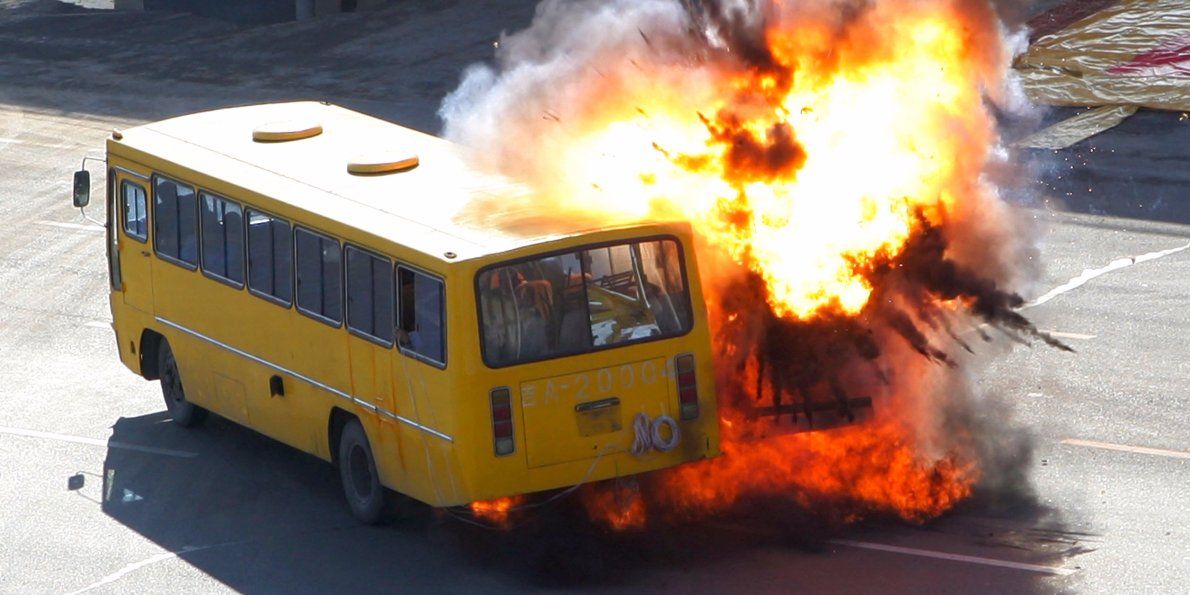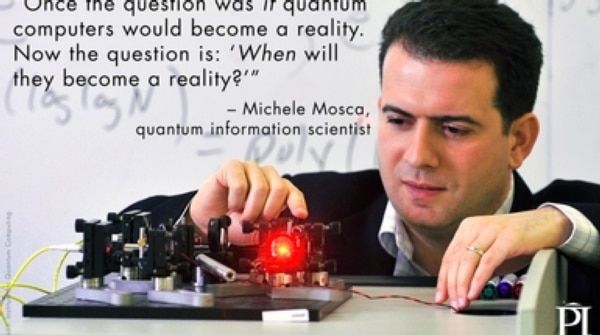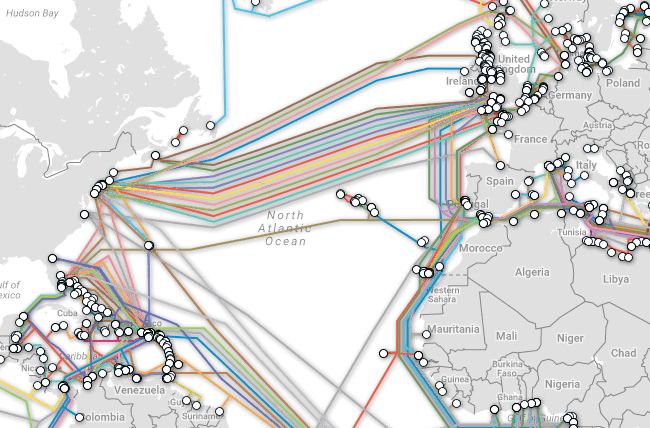Oct 11, 2016
Quantum Computing Could Cripple Encryption; Bitcoin’s Role
Posted by Karen Hurst in categories: bitcoin, business, cybercrime/malcode, encryption, government, quantum physics
Earlier this week, Canada’s electronic spy agency the Communications Security Establishment warned government agencies and businesses against quantum mechanics, which could cripple the majority of encryption methods implemented by leading corporations and agencies globally.
Governments and private companies employ a variety of cryptographic security systems and protocols to protect and store important data. Amongst these encryption methods, the most popular system is public key cryptography (PKC), which can be integrated onto a wide range of software, platforms, and applications to encrypt data.
The Communications Security Establishment and its chief Greta Bossenmaier believes that quantum computing is technically capable of targeting PKC-based encryption methods, making data vulnerable to security breaches and hacking attempts from foreign state spies and anonymous hacking groups.
Continue reading “Quantum Computing Could Cripple Encryption; Bitcoin’s Role” »
















